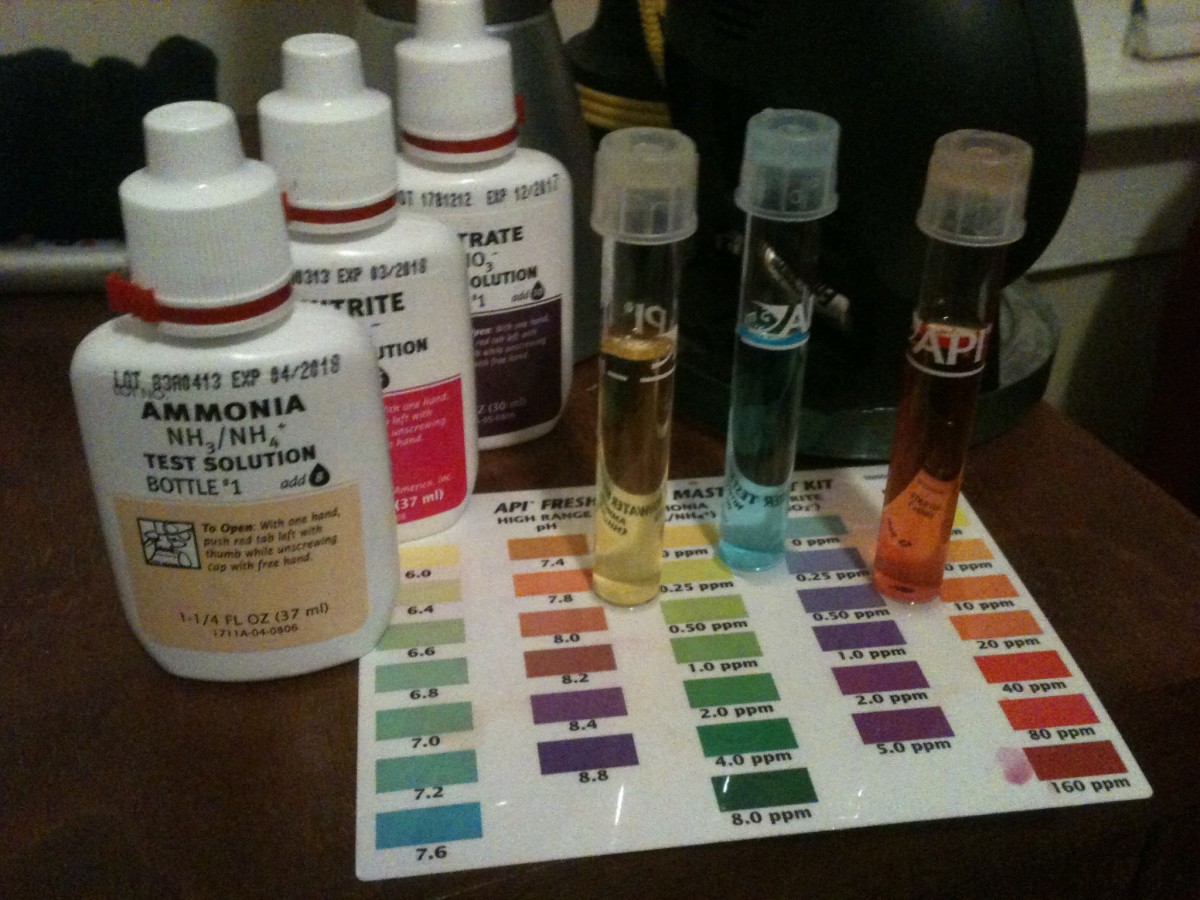- HubPages»
- Pets and Animals»
- Tropical Fish & Aquariums»
- Marine Aquarium Animals
Stinging Goo, Ten Amazing Jellyfish Facts
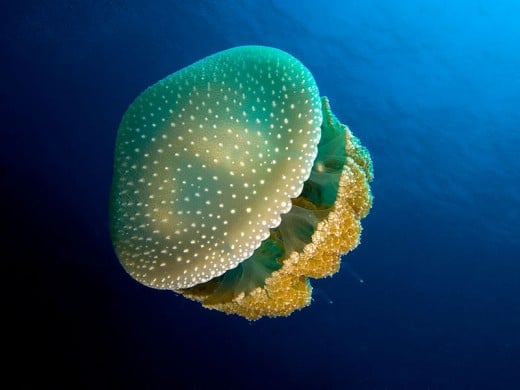
Jellyfish facts: these gelatinous animals make half of the biomass of oceans
Jellyfish are found in all seas and oceans of the world. There are even freshwater jellyfish, although these do not sting. They are thought to have been around from 500-700 million years ago, making them the oldest, albeit a very primitive, multi-organ animal.
Jellyfish vary in size hugely. They range from the tiny 1 mm Staurocladia, which crawl around the seabed on short tentacles, and can only be seen with the aid of a microscope, to the 2 metre in diameter lion’s mane whose tentacles can extend more than 30m.
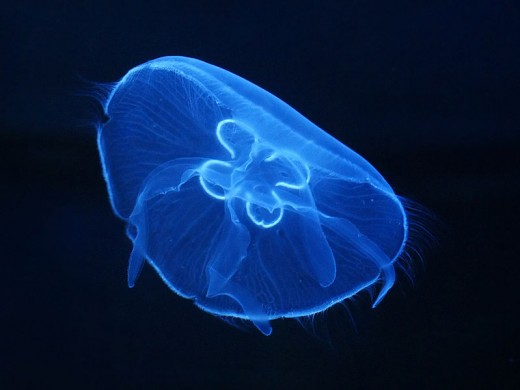
The jellyfish body plan
The jellyfish are very simple invertebrates (no backbone). Their bodies consist of 95% water. The gelatinous substance in the bell is surrounded by 2 layers of skin, They have no brains, or even a central nervous system, but a loose network of nerves in the skin, so they can sense simple stimuli such as touch. Some jellyfish can sense light, though very primitive ‘eyes’ known as oceli which have photoreceptors, they have no retinas and cannot form an image (you need a brain to process the information), but can tell dark from light which might help them tell which way is up (the side with sunlight) and which way is down. The box jellyfish is a little bit more sophisticated , they have 24 eyes, including 4 that are “real eyes” with corneas and retinas. Experiments done in a laboratory suggest that box jellyfish might be able to see colour, they appear to really dislike red and run away from it.
They jellyfish consists of a ‘bell’ and tentacles. The mouth is in the centre of the bell, sometimes on a stalk, surrounded by tentacles that drive food into it. The mouth opens into a cavity where digestion takes place. The jellyfish cannot hold large amounts of food for a long period of time, they would become heavy, so a lot of food is expelled undigested they are very messy eaters. They have no respiratory or circulatory systems, their bodies are thin enough that oxygen can reach all the cells though simple diffusion.
swimming
They have very limited control over their movement, they can pulsate which drives water out of the ‘bell’ formed by their bodies and propels them but they are basically at the mercy of water currents. This is why many jellyfish congregate together in a swarm or bloom.
jellyfish
life cycle
The free-swimming medusa form is only one of two life stages of a jellyfish. Jelly fish spawn by releasing eggs and sperm into the water. As a result of this rather haphazard system some eggs become fertilized, and develop into planulae, the larval form. These settle on a firm surface and form polyps, basically a mouth on a stalk, surrounded by tentacles which drive food into the mouth. The polyps feed continuously and after a period of growth, many tiny jellyfish begin budding off it and swim away.
The box jellyfish
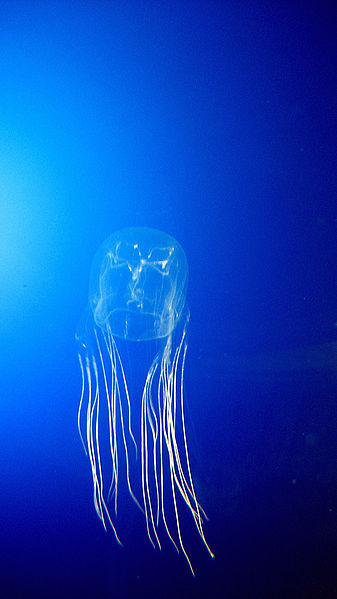
The jelly fish sting
The most commonly known fact about jellyfish is that they sting. They do not actively attack their prey, but their tentacles are covered in huge numbers of specialized nematocysts, microscopic harpoon like structures that are activated by touch, pierce the victim’s skin and inject venom. Even dead jellyfish can sting! The jellyfish sting can range from irritating to extremely painful to deadly depending on the species. The most venomous species is the Australian box jellyfish, commonly known as the seawasp, which can kill an adult man in about 3 minutes. Vinegar is the recommended first aid treatment for jellyfish stings, alcohol, or alkaline substances and rubbing the stung area can make things worse.
fluorescent mice
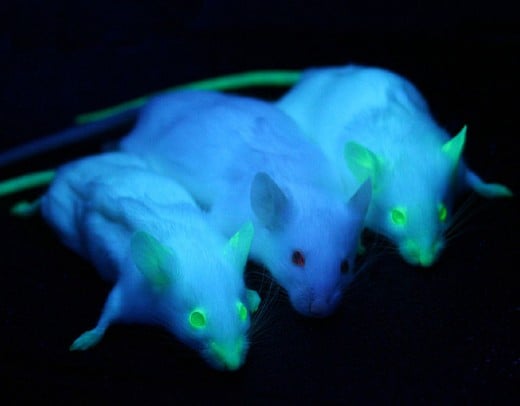
Green Fluorescent Protein (GFP)
Jelly fish have made a huge contribution to biological sciences. The bioluminescent Aequoreavictoria jellyfish expresses the green fluorescent protein, which is now widely used to mark specific organs, cells and even organelles, which can be then be followed in living organisms. It is impossible to imagine cell or developmental biology being done today without the use of fluorescent proteins. Osamu Shimomura, who discovered GFP, and Roger Tsien and Martin Chalfie, who first used it in their studies and developed many applications using it was awarded the Nobel Prize for chemistry in 2008




